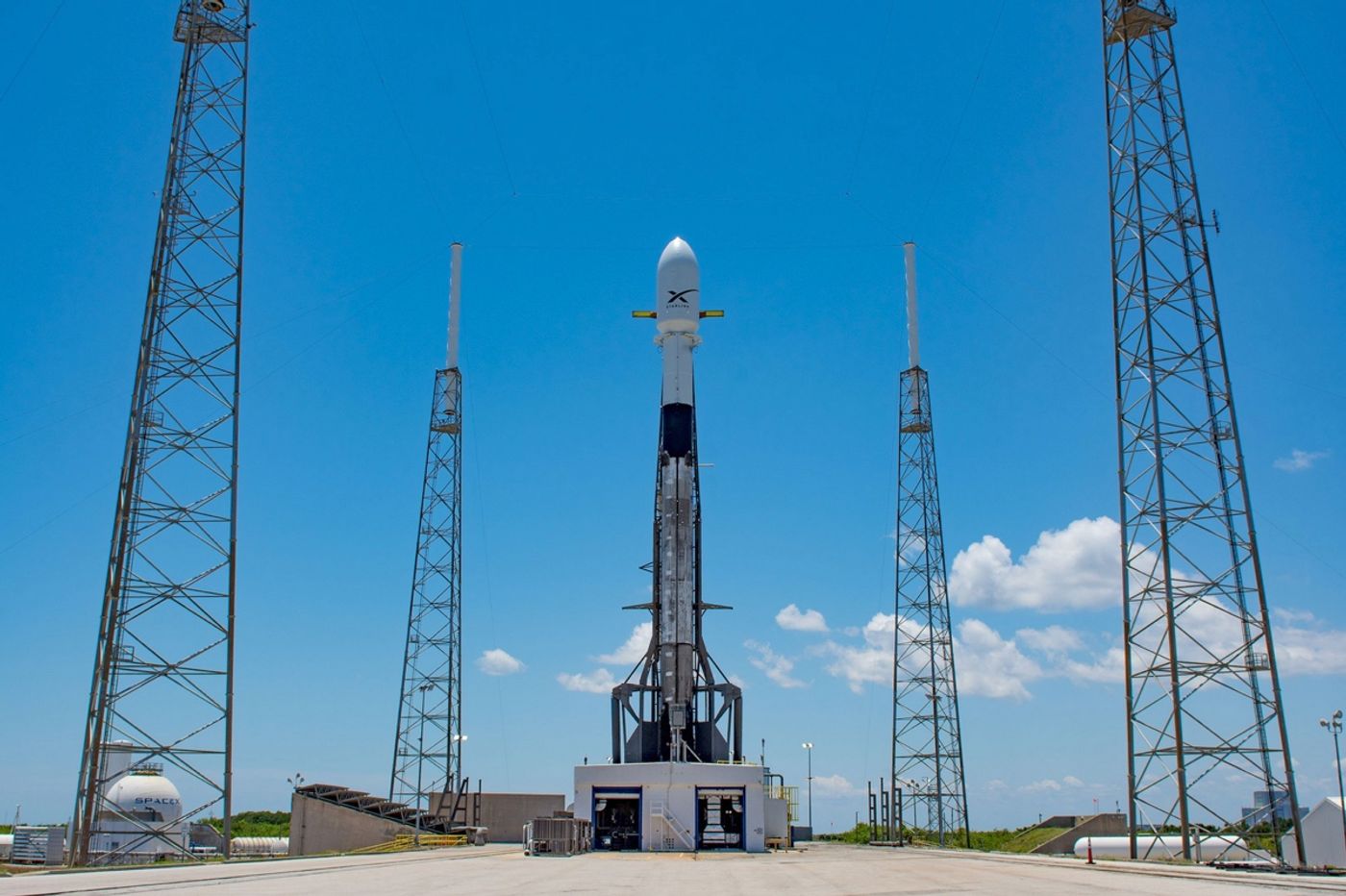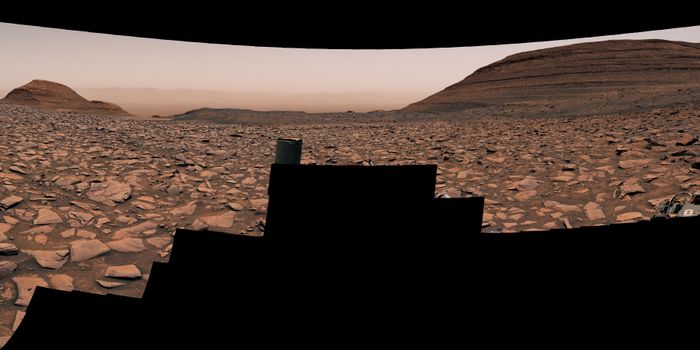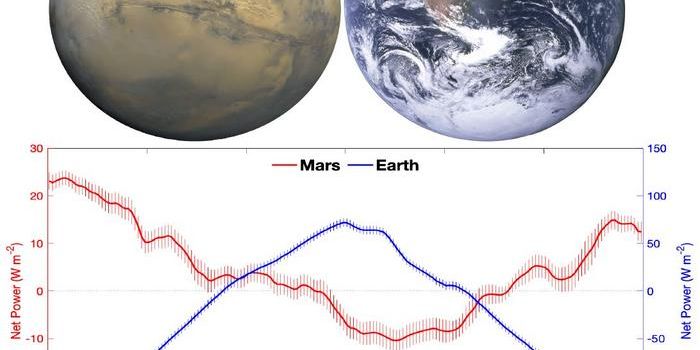SpaceX Prepares to Launch its Starlink Satellite Internet System
SpaceX launches a lot of Falcon 9 rockets, but the one that’s poised to launch from Florida’s Cape Canaveral Air Force Base this evening is exceptionally fascinating because of the unique cargo that’s hiding away inside of the rocket’s seemingly-inconspicuous fairing.
Image Credit: SpaceX via Twitter
Rather than ferrying one or two communications satellite(s) or another traditional type of cargo into space, this particular flight will ship 60 smaller satellites into orbit around the Earth and deliver broadband internet access to users below. SpaceX refers to their satellite internet system as Starlink.
An image shared earlier this week by SpaceX CEO Elon Musk shows just how tightly-packed the rocket’s fairing truly is, and with each satellite weighing well over 500 pounds apiece, the 18.5+ ton payload will be the heaviest that any Falcon 9 rocket has ever lofted into space.
Image Credit: Elon Musk via Twitter
The rocket was initially expected to launch at 10:30 P.M. Eastern time on Wednesday, but SpaceX stood down citing excess upper wind levels as a potential hazard to the primary mission. Instead, Florida’s excellent weather on Thursday means that the Falcon 9’s nine Merlin engines should ignite at approximately the same time tonight instead.
Update: SpaceX is standing down from tonight’s launch to perform software updates on the satellites and ensure a successful launch. The next opportunity to launch will be sometime next week.
Shortly after the satellites reach outer space, the Falcon 9 rocket’s first stage will attempt a vertical landing on a drone ship situated in the Atlantic Ocean such that it can be refurbished for upcoming launches.
Related: SpaceX's Falcon Heavy has delivered its first commercial payload into space
Satellite internet isn’t new, but Elon Musk hopes that Starlink will revolutionize the industry in new and exciting ways. According to Musk, each 60-unit batch of Starlink satellites will generate more power than the entire International Space Station and deliver a respectable one terabit of bandwidth to users on Earth.
As cool as everything sounds thus far, fans shouldn’t expect Starlink satellite internet service to be readily available anytime soon. According to Musk, there’d need to be at least 400 Starlink satellites in space before any type of public service was possible. He also noted that a properly-functioning network would necessitate somewhere in the ballpark of 800 Starlink satellites.
In addition to providing internet access to the netizens here on Earth, SpaceX says that the Starlink system would also be an essential player in upcoming deep space missions, acting as a hub for communications. Realizing this goal will, of course, take some time.
Related: SpaceX's Crew Dragon Capsule recently suffered an unexpected anomaly during testing
As with most of SpaceX’s rocket launches, the company will provide live coverage on YouTube and from its website. Those interested in watching everything as it goes down can tune in below at the specified time:
Source: SpaceX via Phys.org, SpaceX/Twitter










